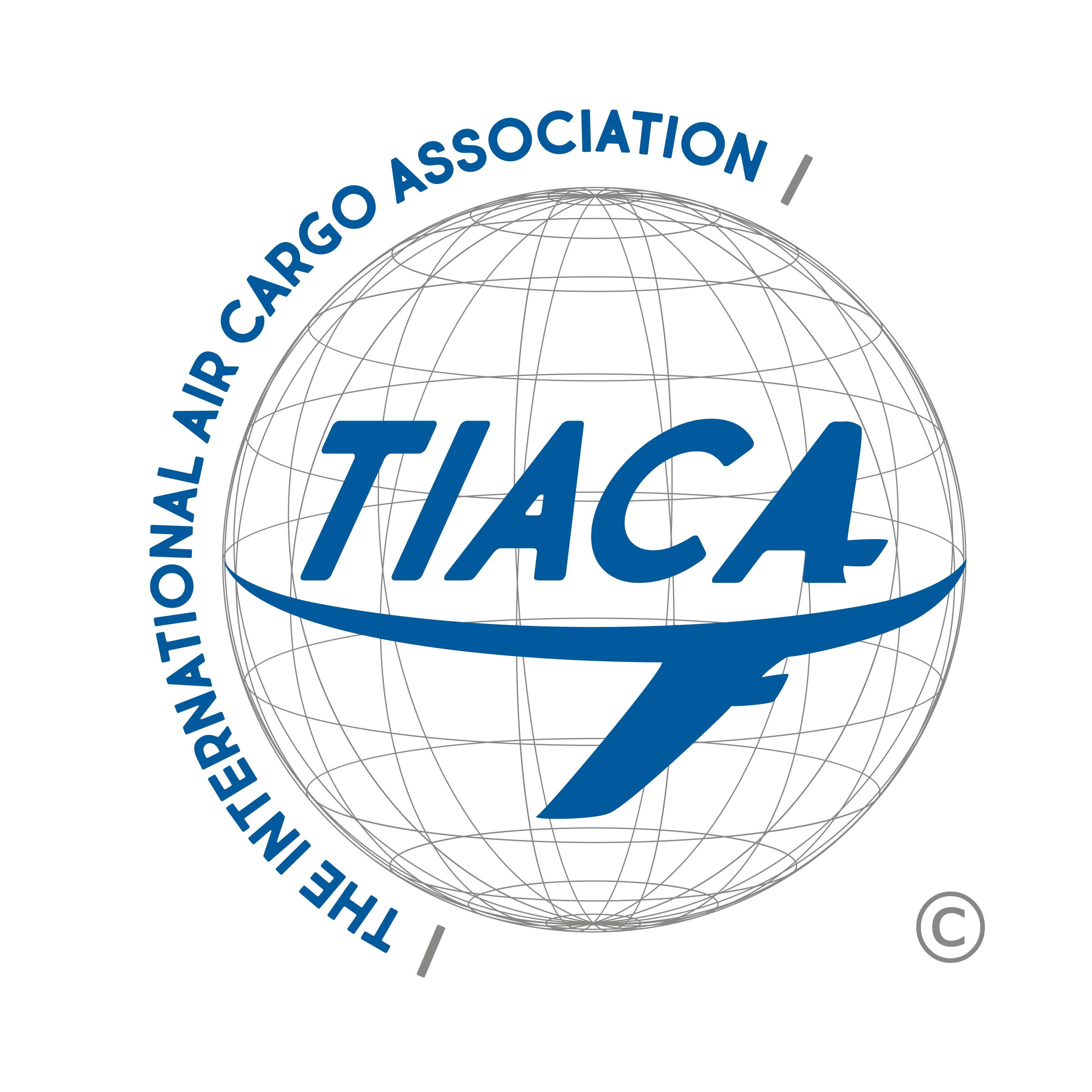Focus on Market Trends for 2023
Article submitted by Neutral Air Partner – A TIACA Trustee Member
As warnings of a global recession spread, we need to continue to focus on market trends.
Global air cargo volume – known as an early indicator for consumer products demand – has slumped since early 2022, showing a 5% decline Year To Date after an initial strong recovery in 2020 and 2021.
According to the World Trade Organization, import demand is expected to weaken as economic growth in major countries slows for different reasons like soaring energy prices in Europe due to the Russia Ukraine war that have put pressure on households and increased manufacturing costs, as well as monetary tightening in the U.S that has affected spending on housing, automobiles, and fixed asset investment. Reduced purchasing power is most likely to create lesser demand/volumes.
The Central Banks are raising interest rates to combat inflation and the zero Corona policy and production disruptions in China are being compounded by weak external demand. Earlier in August the WTO stated that this may be indicative of a decline in global demand as product delivery times have been shortened and inventories of finished goods have increased. It will be interesting to see what happens.
Many airfreight logistics providers that signed high-price block space agreements with carriers early this year, with expectations of a strong shipping season, are now losing money.
You have a situation where market rates out of China are $2 lower than the block space rate that they signed. So, a lot of them have a huge loss.
Average spot market rates on the Shanghai-North Europe route are $5.96/kg, down 23% year over year but still more than double the rate during the same week in pre-pandemic 2019, according to the Baltic Air Index (BAI).
Shanghai to North America rates of $5.82/kg are less than half the rate in November last year, but 60% above the first week in November 2019.
Hopefully, we will have some aggressive last 2 months to turn this around, but the market looks very slow. There is no peak season in sight as global volumes declined -8% year-over-year in October and there are no signals to indicate an upturn in 2023.
Meanwhile, trade in Asia might perform better next year with the region better able to face disruptions. Intra-Asian trade has proved strong with many companies reorienting and diversifying their business activities towards Asia excluding China. This will have an impact on trade lanes as volume moves around. Intra-Asian trade is expected to show higher growth rates than overall trade. There are some difficulties, but there is still demand in sectors in Africa and the developing countries, strong growth in e-commerce, and that is optimistic.
eCommerce will be a major future driver of success in the industry, and we need to effectively embrace digitization. Much has been made from a lot of supply chain members in this direction. GSA’s & Forwarders have accelerated their Cargo Digitization strategies.
Many global carriers are adopting digital cargo transactions with an aim of strengthening the financial performance of their passenger travel airlines ravaged by the pandemic implications.
Real time, dynamic on-line bookings is a trend that has been embraced.
We can clearly see the Air Cargo dynamics changing.
With giant shipping companies moving into air cargo and coming on shore offering integrated logistics services like forwarders, major forwarders are focusing on consolidation and trying to gain a position.
2023 might be unclear and the reality is that we will not know until we lift the lid, but the long-term prognosis for air cargo is solid with trade continuing to outpace the global economy.
Boeing’s 20-year forecast is for trade to grow 2.8 percent a year, cargo volume to rise 4.1 percent a year, and the global freighter fleet to grow from 2,240 aircraft in 2021 to 3,610 freighters by 2041.
And if major global players invest so big into the air cargo business, it sure must be worth the headwinds.

